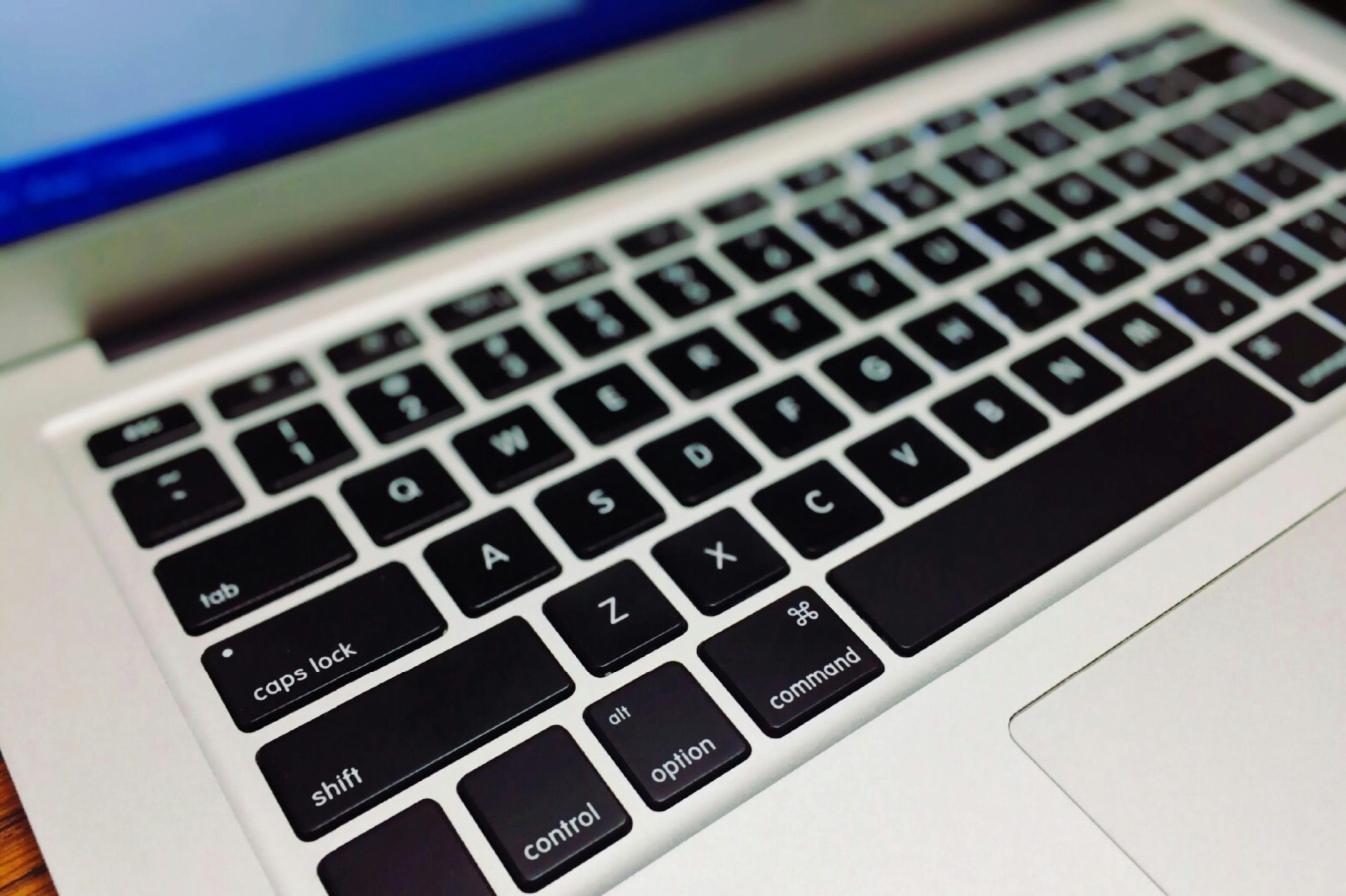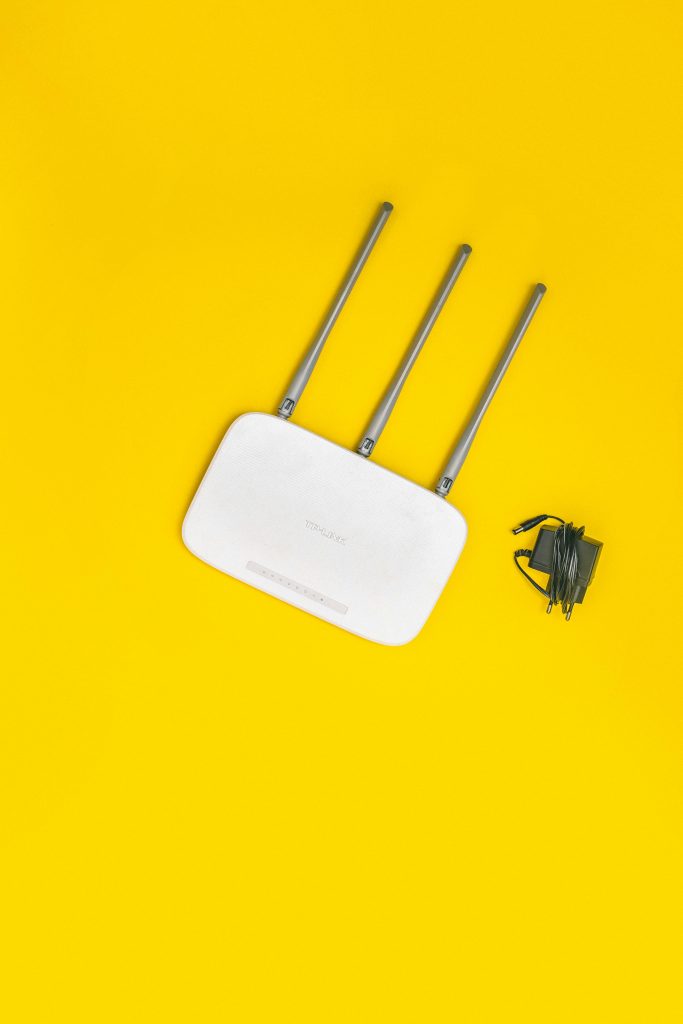Troubleshooting a Dead Graphics Card: A Personal Experience
When it comes to PC issues, few things are more frustrating than a machine that refuses to turn on. Recently, I found myself navigating a similar situation with my wife’s computer, and it has led me to explore the underlying problems. Here’s a breakdown of our experience and the steps I took to troubleshoot a potentially faulty graphics card.
The Situation
One ordinary day, my wife’s PC unexpectedly shut down and, upon attempting to power it back up, it completely failed to respond. The power button would light up momentarily, but that was the extent of its cooperation; it would promptly shut off again, leaving us puzzled and frustrated.
Initial Troubleshooting Steps
Determined to get to the bottom of the issue, I decided to remove the dedicated graphics card—an EVGA GTX 950—and switched to the integrated graphics processing unit (IGPU) on the motherboard. Miraculously, this simple adjustment allowed the computer to boot up successfully, leading me to believe I was one step closer to identifying the problem.
However, when I reinstalled the GPU, the system exhibited the same symptoms: it was completely unresponsive. This prompted me to consider several possibilities.
Identifying the Culprit
At this point, my intuition pointed toward the graphics card itself as the likely offender. Although I conducted a visual inspection for signs of damage—looking for blackened areas or blown capacitors—I’m not an expert in identifying hardware failures. Consequently, I also began to question whether the issue could stem from the PCI-E slot or the 12V rail of the power supply.
Next Steps
Before concluding that the GPU was indeed defective, I sought advice on additional troubleshooting steps that could help confirm its status. Various forums suggested testing the card in another system with known good components. Taking this advice to heart, I connected the GPU to my own PC.
The Final Verdict
In a twist of fate, the GPU failed to power on without issue in my machine, demonstrating that it was beyond salvation. Thankfully, my own PC emerged unscathed, and the only casualty was the graphics card itself.
Conclusion
While it was unfortunate to discover that the GPU was the root of the problem, this experience served as a valuable learning opportunity. If you ever find yourself in a similar predicament, I recommend thorough testing and methodical troubleshooting to isolate the issue—whether it be the graphics card or another component.
If you have any
Share this content:




Verifying if Your Graphics Card is Faulty
It sounds like you’ve already taken some solid steps in troubleshooting the GPU issue. To further confirm whether your graphics card is the problem, consider performing the following tests: